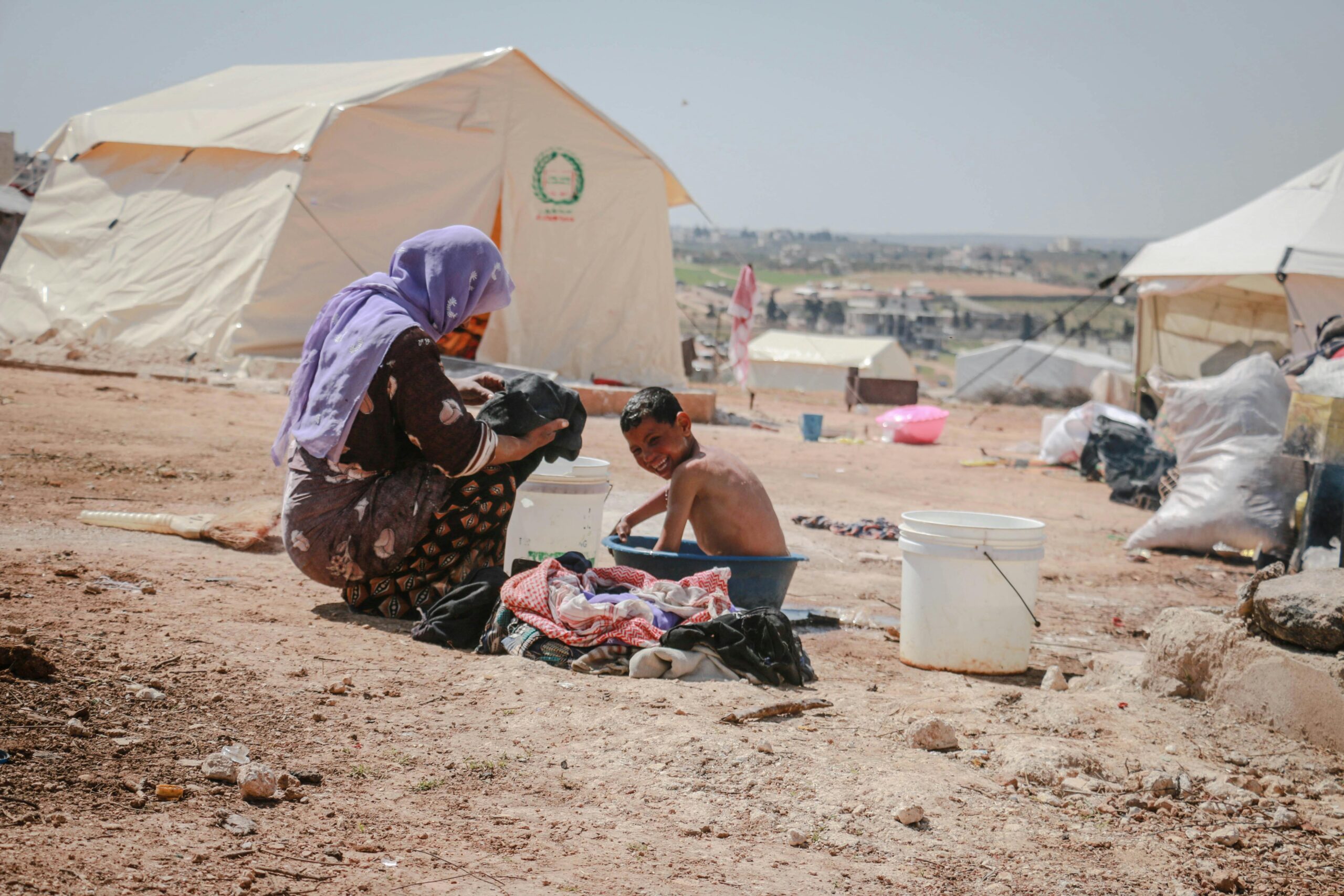“What if your loved ones were suddenly taken from you? Would you know where to turn next?”
In today’s uncertain world, family support extends beyond emotional well-being or financial planning—it now includes safeguarding against unthinkable risks like kidnapping. Yet, shockingly few families are aware of tools designed specifically for these scenarios. One such tool? Kidnap and ransom insurance. If you’ve never heard of this critical lifeline before, don’t worry—you’re about to become an expert.
This guide will walk you through everything you need to know about kidnap and ransom insurance as part of comprehensive Family Support Services. By the end, you’ll understand why it matters, how to get covered, common mistakes people make, real-life case studies, and even answers to burning FAQs.
Table of Contents
- Key Takeaways
- Why Kidnap and Ransom Insurance Matters
- How to Get Covered: Step-by-Step Guide
- Tips & Best Practices
- Real-World Examples
- FAQs
- Conclusion
Key Takeaways
- Kidnap and ransom insurance protects families financially during high-stakes crises.
- It’s more affordable than most assume and often bundled with travel or business policies.
- Choosing the wrong provider can leave gaps in coverage—do your homework!
- Prevention training is a crucial complement to having insurance.
- Families increasingly rely on such specialized services under “Family Support Services.”
Why Kidnap and Ransom Insurance Matters
Let me tell you a story that’ll make your palms sweat. A friend once traveled abroad for work without considering extra protection. On day three, armed individuals intercepted his car en route to a meeting. His company had no policy in place. Days turned into weeks while negotiations dragged on—all because they assumed “it won’t happen to us.” Spoiler alert: It did.
Sounds grim, right? Well, here’s the kicker—kidnappings aren’t isolated incidents anymore. Globally, over 15,000 kidnappings occur annually, according to recent reports. While not all cases involve ransom demands, many do, leaving victims’ families scrambling for solutions.

The Role of Family Support Services
Enter kidnap and ransom insurance—a subset of broader Family Support Services aimed at keeping loved ones safe. These specialized policies provide:
- Expert negotiators who handle communication.
- Coverage for ransom payments (yes, legal ones).
- Emergency evacuations post-release.
- Counseling support for trauma recovery.
Think of it as armor plating for life’s darker moments. But only if chosen wisely…
How to Get Covered: Step-by-Step Guide
Alright, let’s cut to the chase. How exactly does one secure this magical piece of paper called kidnap and ransom insurance?
Step 1: Assess Your Risk Profile
Optimist You: “Oh, I don’t need this; nothing bad ever happens!”
Grumpy Me: “Famous last words.”
To determine whether you qualify (and what type of policy suits you), consider factors like your travel frequency, destinations, occupation, and public visibility.
Step 2: Research Providers
Not all insurers are created equal. Some specialize in corporate clients; others offer individual plans tailored to families. Top names include Lloyd’s of London, Chubb, and AXA XL. Look for reviews, ratings, and claims resolution speed.
Step 3: Compare Policies
Here comes the nerdy spreadsheet phase. Compare premium costs, coverage limits, exclusions, and additional perks like crisis management teams. Don’t cheap out—a low-cost plan may come back to bite you when you least expect it.
Step 4: Work With an Agent
Still confused? Consult an independent insurance agent specializing in personal finance products. They’ll simplify options based on your needs.

Tips & Best Practices
- Never Skimp on Coverage: Opt for higher limits if traveling frequently or visiting risky regions.
- Train Your Family: Prevention workshops teach situational awareness—worth every penny.
- Beware DIY Negotiation: Attempting to negotiate yourself might worsen the situation. Always defer to professionals.
- Bundle Smartly: Combine with other policies like travel insurance for cost savings.
- Read Fine Print: Many plans exclude acts of terrorism or war zones. Read carefully.
Real-World Examples
A colleague shared a harrowing tale where her brother’s construction team was abducted overseas. Thanks to their employer’s kidnap and ransom policy:
- A trained negotiator reduced the initial $2 million demand by two-thirds.
- The family avoided bankruptcy since the insurer covered the full amount upon release.
- The victim received immediate psychological counseling afterward.
Without that safety net? Their lives would’ve unraveled entirely. Moral of the story? Be prepared.

FAQs
Q: Is kidnap and ransom insurance expensive?
A: Surprisingly no! Plans start around $100–$500 annually for basic coverage, depending on risk profiles.
Q: Can I add it to my existing policy?
A: Often yes—but ensure there’s no overlap or gaps between clauses.
Q: What happens if I ignore buying this?
A: You gamble with your family’s future stability. Enough said.
Q: Does it cover domestic incidents?
A: Check terms closely. Some focus solely on international scenarios.
Conclusion
If COVID taught us anything, it’s that preparation saves lives. Kidnap and ransom insurance isn’t just another checkbox—it’s peace of mind wrapped up neatly in a contract. As we’ve explored, integrating this into your Family Support Services strategy ensures protection beyond traditional means.
Don’t wait until disaster strikes—act now. After all, better safe than sorry, right?
And finally… Like Pac-Man chasing pellets, securing family safety requires constant vigilance. Keep moving forward!


